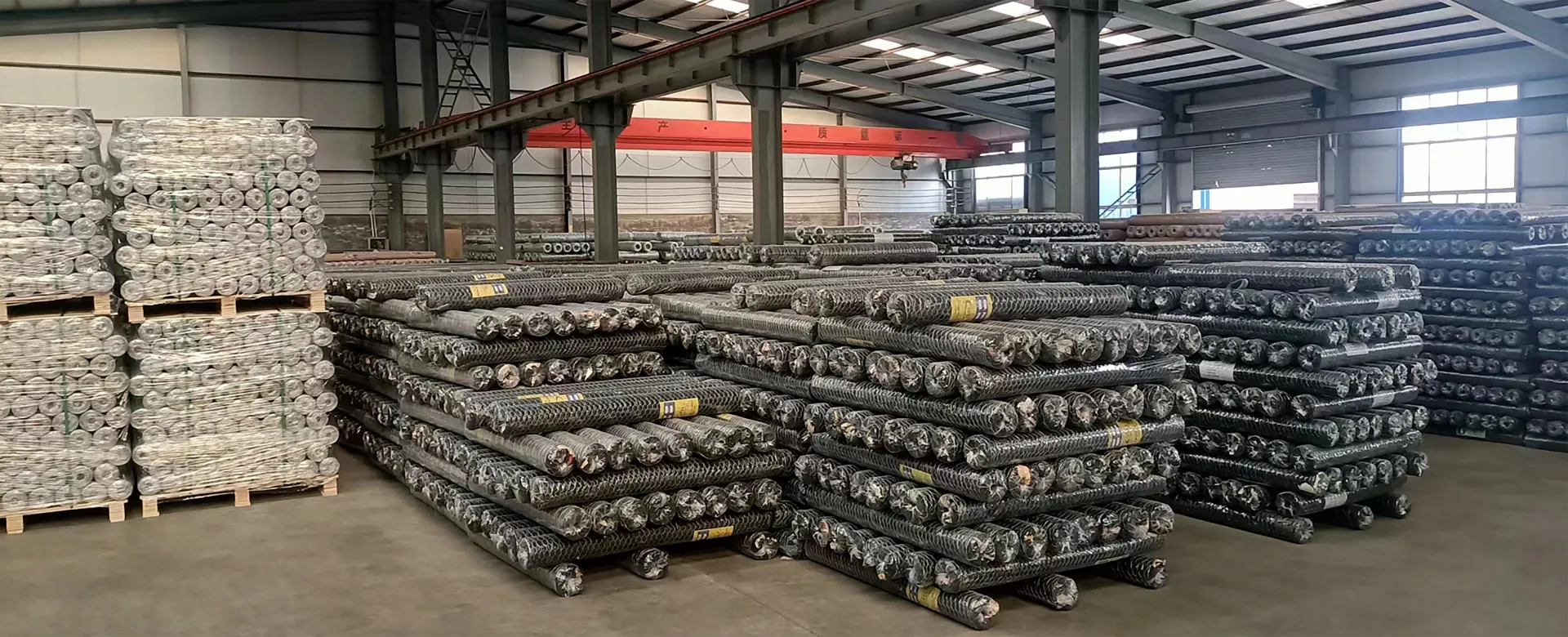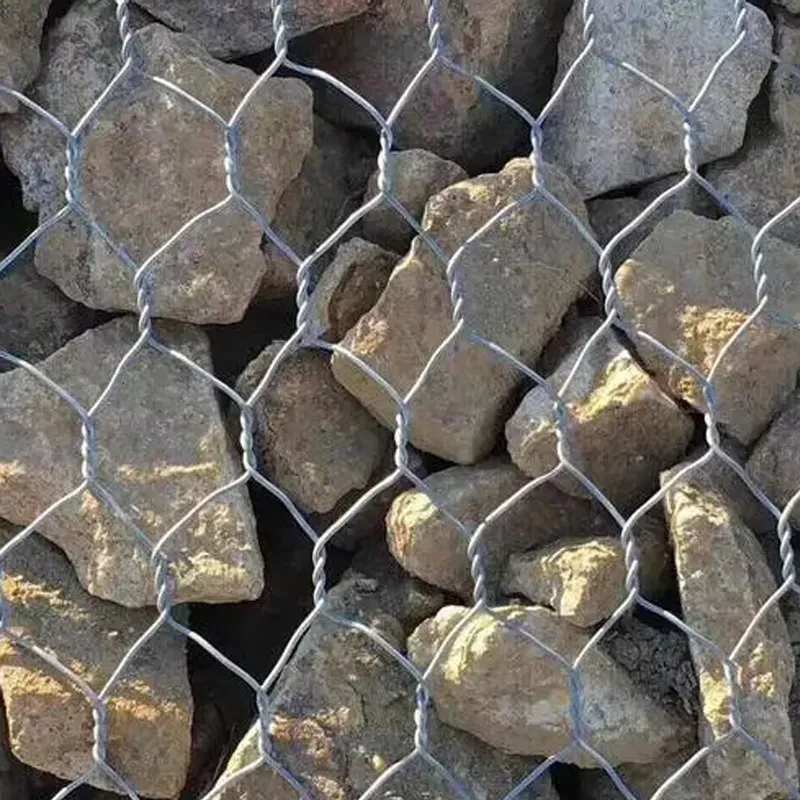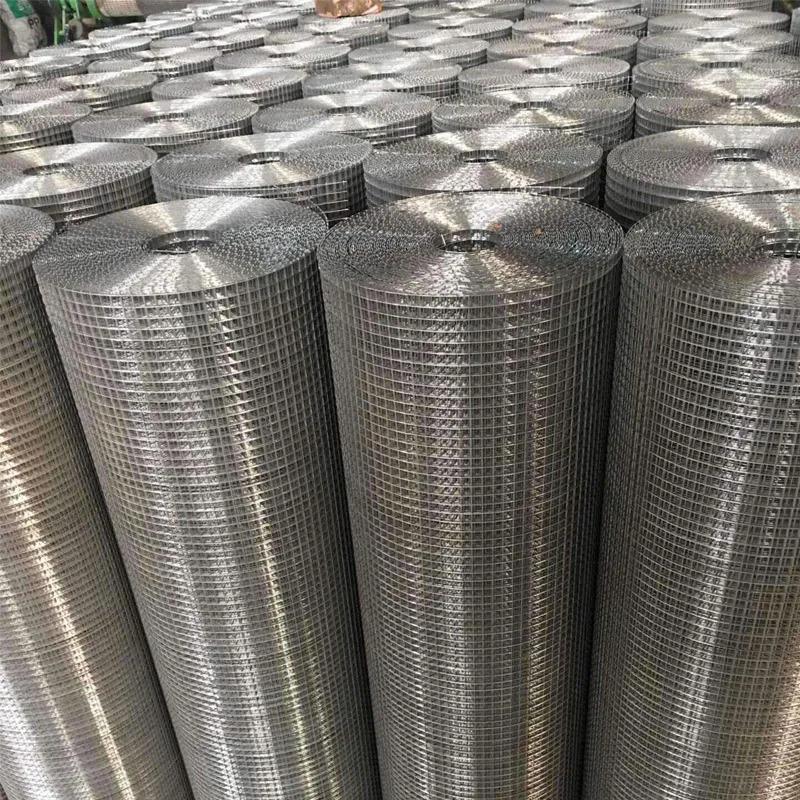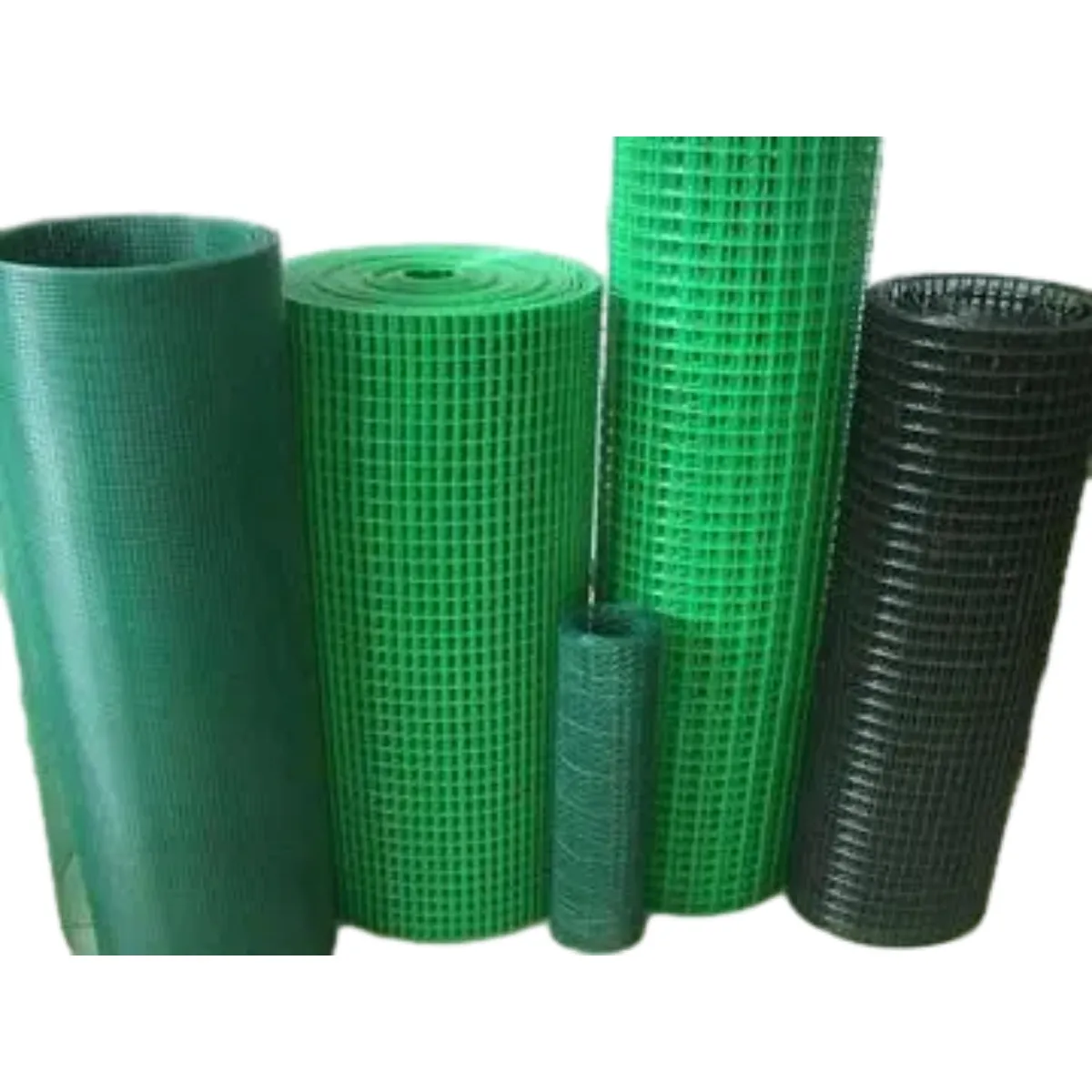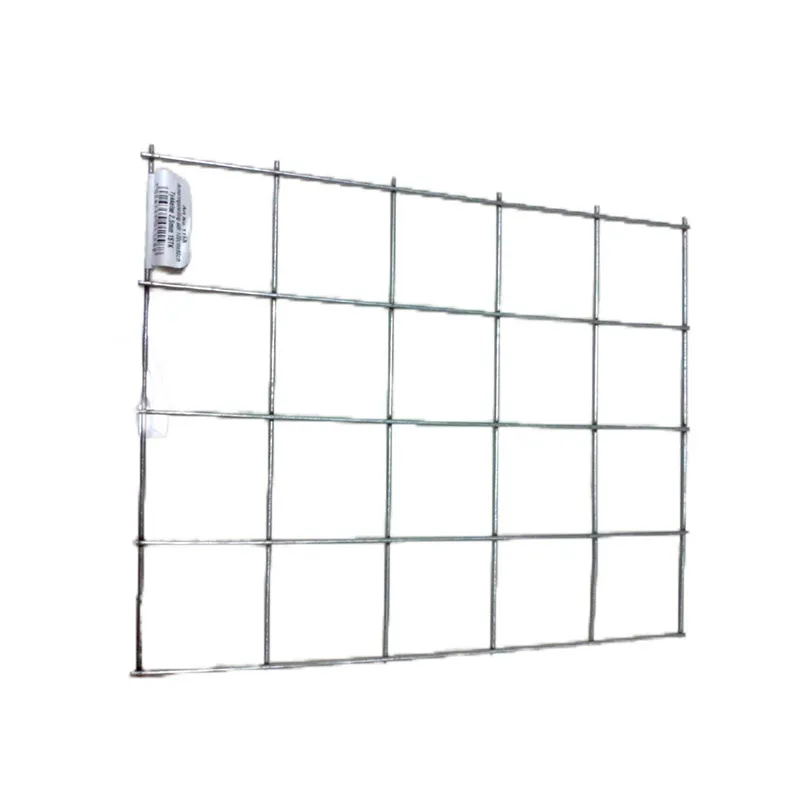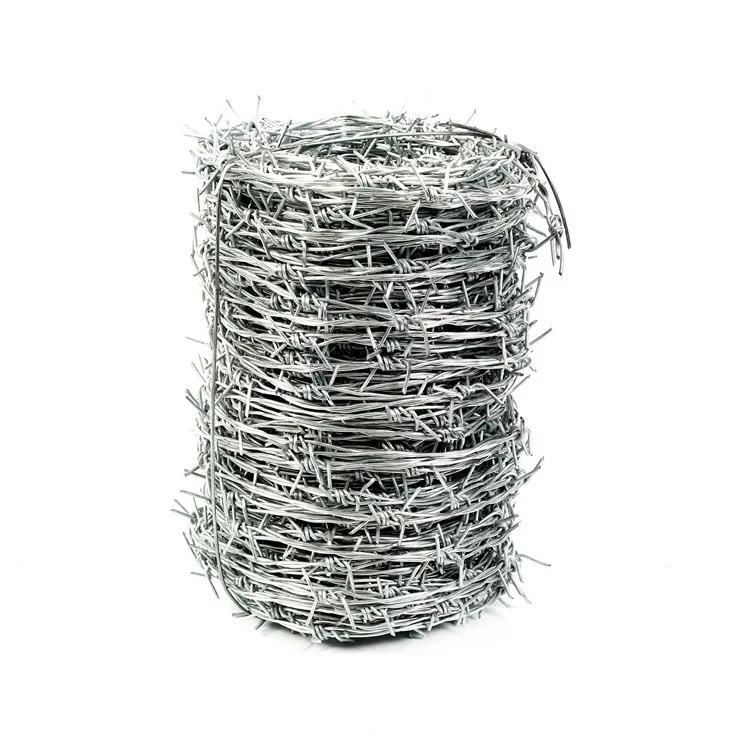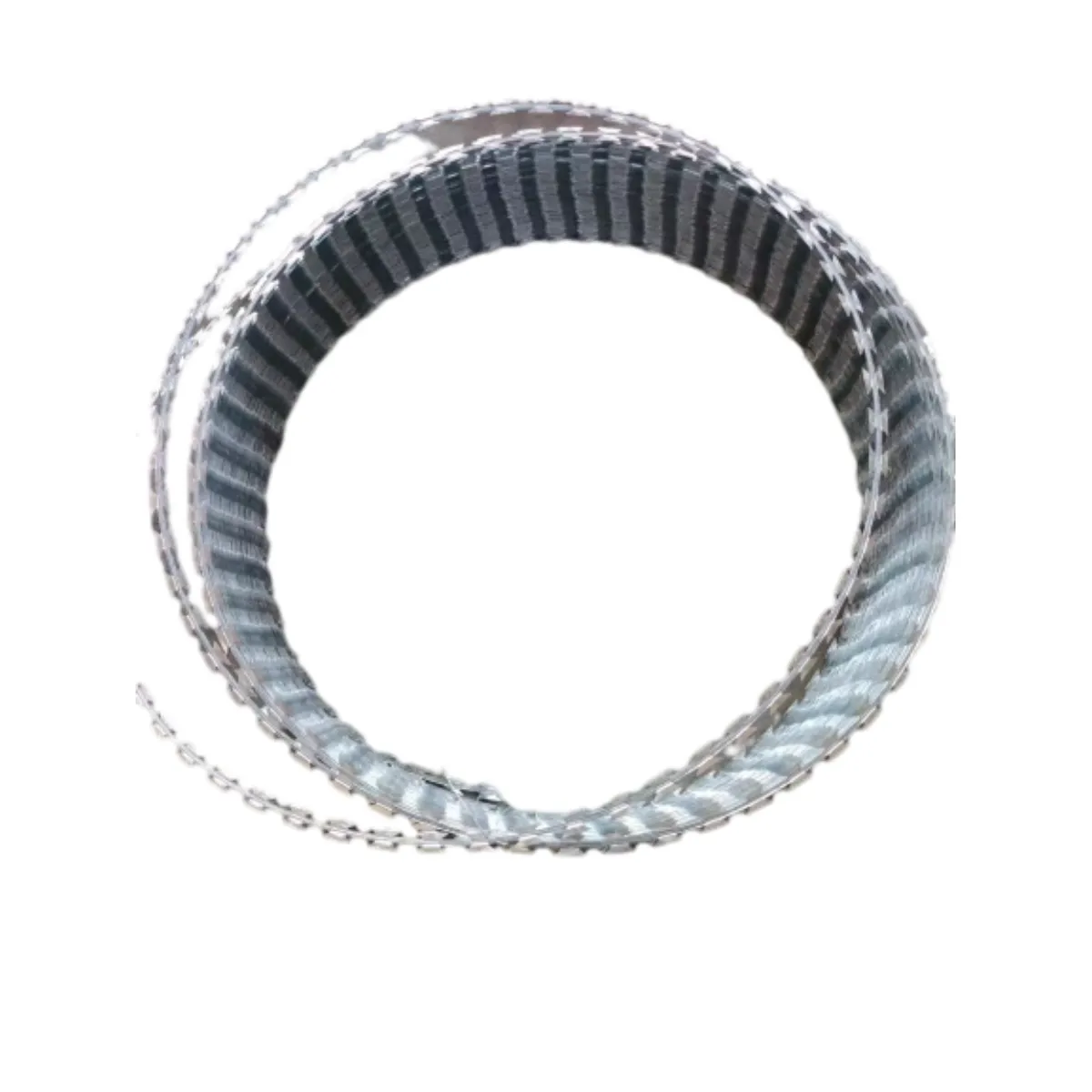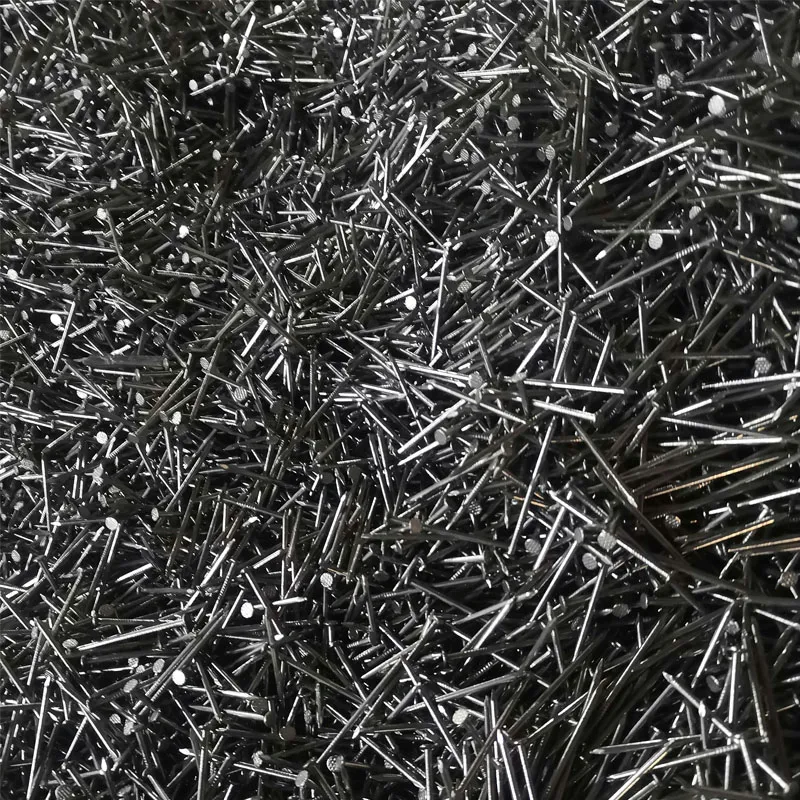Aug . 20, 2024 21:59 Back to list
Crafting Strong Connections in Construction with Nail Innovations
Building Nails The Unsung Heroes of Construction
When we think about construction, our minds often wander to towering skyscrapers, sprawling bridges, and meticulously crafted homes. However, behind every impressive structure stands a multitude of simple yet crucial components that make these edifices possible. Among these components, building nails play a fundamental role. They might seem insignificant at first glance, but their importance in construction cannot be overstated.
Building nails have been a fundamental fastening tool for centuries, with their origins tracing back to ancient civilizations. The earliest recorded use of nails dates back to the Egyptians, who utilized rudimentary metal fasteners made from copper and bronze. Over time, the manufacturing of nails evolved, leading to the creation of various types that cater to different construction needs. Today, nails are made from a variety of materials, including steel, aluminum, and even stainless steel, each offering unique benefits depending on the application.
One of the primary functions of building nails is to join two or more pieces of material together, securing them in place
. This is especially vital in construction, where a solid and stable assembly is crucial for the safety and longevity of structures. For example, framing a house requires a substantial number of nails to secure wooden studs and beams, creating a framework that will support the roof and walls. Without these seemingly minor components, the entire structure would be compromised.Furthermore, nails come in various sizes, shapes, and types, each designed for specific applications. Common types include common nails, finish nails, roofing nails, and masonry nails. For instance, common nails are widely used for framing and general construction, whereas finish nails are smaller and have a smaller head, ideal for trim work where aesthetics are a concern. Roofing nails, on the other hand, are designed with a wide flat head to secure shingles and prevent water infiltration. The diversity in nail types allows builders to select the right fastener for the job, ensuring structural integrity and efficiency.
building nails
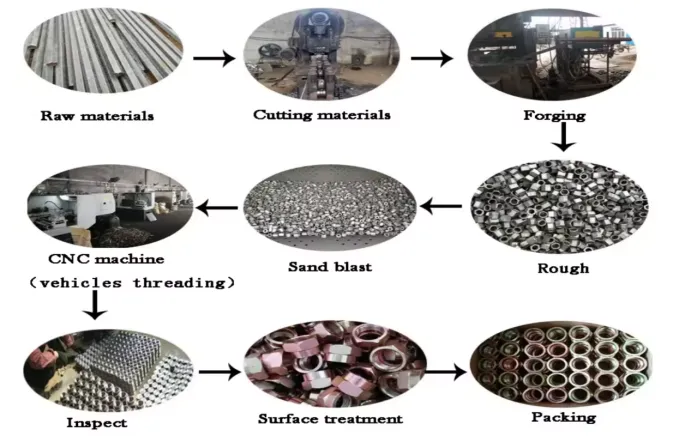
Another aspect to consider is the installation of nails. While many might assume that driving a nail into wood is a straightforward task, it requires skill and knowledge. Factors such as angle, depth, and spacing all play significant roles in how effective the fastening will be. Improper installation can lead to issues such as wood splitting, a weakened joint, or insufficient load-bearing capacity. Hence, understanding the properties of the materials being fastened and choosing the right nail for the job becomes essential for skilled tradespeople.
In addition to their practical applications, building nails also play a role in the evolution of construction techniques. With advances in technology, there are now tools like nail guns that enhance efficiency and speed in the construction process. These tools allow builders to drive dozens or even hundreds of nails in a fraction of the time it would take to do so manually, significantly speeding up construction projects.
Moreover, as sustainability becomes a more pressing issue in the construction industry, the materials used for nails are also evolving. Manufacturers are now exploring eco-friendly options, such as recycled materials and coatings that minimize environmental impact. This not only helps in reducing the carbon footprint of construction projects but also raises awareness of the importance of sustainability in every facet of building.
In conclusion, while building nails may seem like small, often overlooked components of construction, their impact is substantial. They serve as the backbone of countless structures, ensuring they are secure and long-lasting. As construction techniques continue to evolve and innovate, nails will remain an integral part of building practices, reinforcing the idea that the smallest details can have the most significant effects. Whether you are a seasoned contractor or a DIY enthusiast, understanding the role of building nails will undoubtedly enhance your appreciation for the art and science of construction.
-
The Role of Field Wire Fence in Grassland Conservation
NewsJul.15,2025
-
Stainless Steel Razor Wire Durability in Coastal Environments
NewsJul.15,2025
-
Enhancing Home Security with Mesh Fences
NewsJul.15,2025
-
Diamond Mesh Wire for Small Animal Enclosures
NewsJul.15,2025
-
Common Wire Nail Tensile Strength Testing for Woodworking
NewsJul.15,2025
-
Barbed Wire Corrosion Resistance Galvanization Techniques
NewsJul.15,2025

